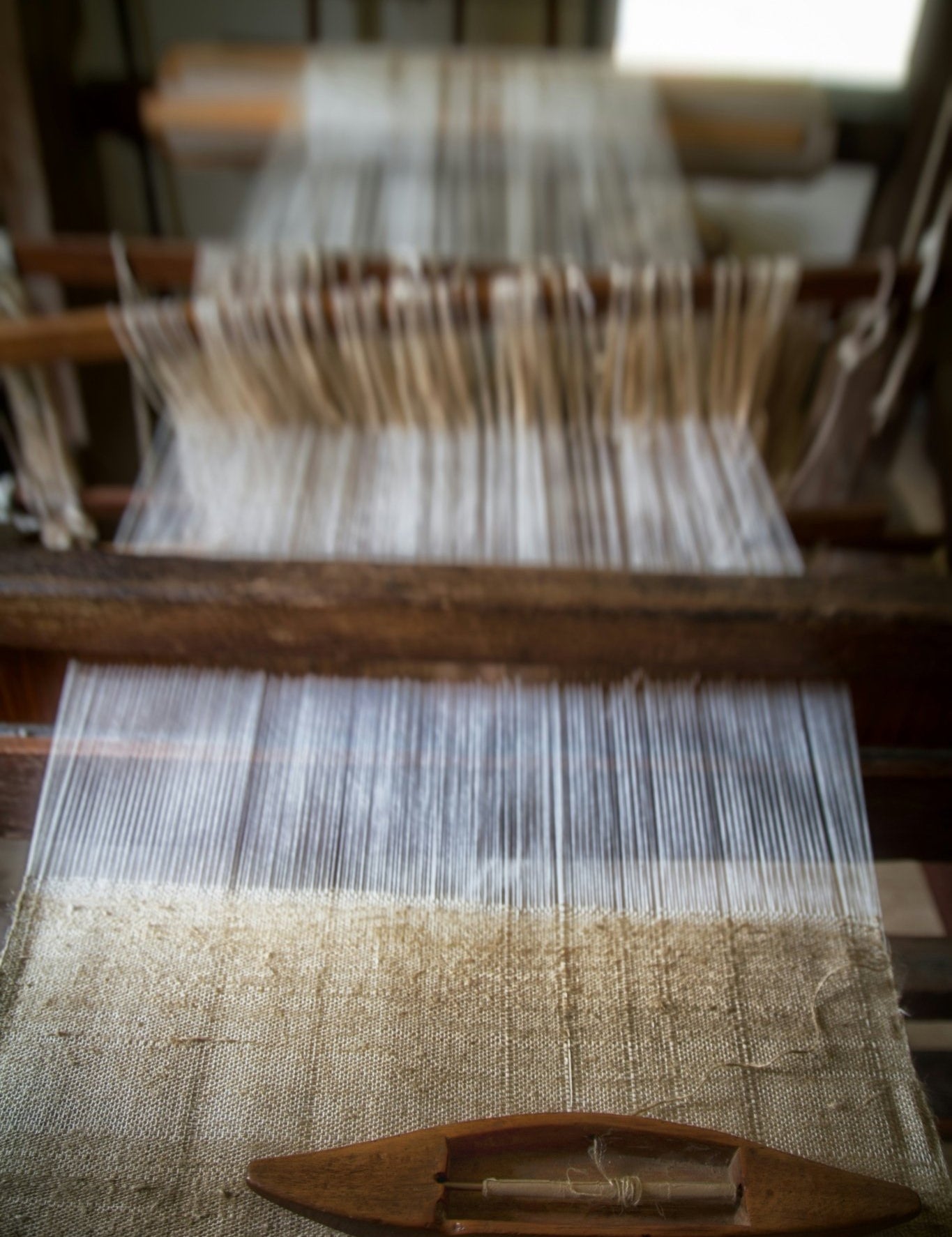Textiles have been an integral part of human civilization, not just as a basic necessity but as a canvas for cultural expression. The prints and patterns that adorn fabrics are more than mere decorations—they are symbols, stories, and legacies passed down through generations. The origins of these prints and patterns are diverse, and rooted in history, geography, and the traditions of the communities that created them.
The Historical Roots of Textile Patterns

The history of textile patterns is as ancient as the art of weaving itself. From the geometric designs of ancient Mesopotamia to the intricate floral motifs of medieval Europe, patterns have always been a reflection of the time and place in which they were created. In many cultures, these patterns were not just ornamental but also held deep symbolic meanings.
For instance, in ancient Egypt, textiles were adorned with symbols of gods, animals, and plants, reflecting society's reverence for nature and the divine. Similarly, the paisley pattern, which originated in Persia (modern-day Iran), is thought to represent the convergence of a stylized floral spray and a cypress tree, symbolizing life and eternity. This pattern eventually spread to India and then to Europe, where it became synonymous with luxury and exoticism.
Cultural Significance and Regional Variations
The regional variations in textile patterns are vast, with each culture developing its unique style based on local resources, beliefs, and artistic influences.
- Asia: In India, block printing has been a traditional method for creating intricate patterns on fabric. Each region of India has its distinct style, such as the paisleys of Kashmir, the floral motifs of Rajasthan, or the tribal patterns of Gujarat. Similarly, Japan's kimono fabrics often feature patterns inspired by nature, such as cherry blossoms or waves, each symbolizing different seasons or emotions.
- Africa: African textiles are renowned for their bold colors and geometric patterns. The kente cloth from Ghana, for example, is a handwoven fabric with intricate patterns that often symbolize proverbs, historical events, or the wearer's social status. The mud cloth of Mali, known as bogolanfini, features symbolic patterns created using fermented mud, each design carrying its meaning.
- Europe: European textile patterns have been heavily influenced by the region's history of art and architecture. The intricate tapestries of the Middle Ages, the floral chintz patterns of the Renaissance, and the Baroque era’s ornate designs all reflect the changing tastes and cultural influences of the time. The introduction of Eastern patterns, like paisley and damask, during the colonial period further enriched European textile design.
The Evolution of Textile Patterns in Modern Times

As the world became more interconnected through trade and exploration, textile patterns began to travel across borders, blending and evolving. The 18th and 19th centuries saw a significant exchange of textile designs between the East and the West, leading to the development of new patterns that combined elements from different cultures.
For example, the Chinoiserie style, popular in 18th-century Europe, was a fusion of Chinese motifs and European artistic traditions. Similarly, the ikat technique, originally from Southeast Asia, became popular in Central Asia and later in Latin America, each region adding its twist to the design.
In the modern era, the advent of digital printing has revolutionized the way patterns are created and reproduced on textiles. Designers now have the freedom to experiment with complex and intricate designs that were previously impossible to achieve by hand. However, traditional techniques like block printing, hand embroidery, and weaving are still revered for their craftsmanship and the unique, human touch they bring to textiles.
The Future of Textile Patterns: Sustainability and Innovation
As we move into the future, the textile industry faces new challenges and opportunities, particularly in the areas of sustainability and ethical production. Many designers are now looking to traditional methods and natural dyes as a way to create environmentally friendly textiles. Patterns and prints that reflect a connection to nature, such as botanical prints or earth-toned designs, are becoming increasingly popular as consumers seek to make more conscious choices.
Moreover, the use of technology in textile design continues to evolve. 3D printing, for example, is opening up new possibilities for creating innovative patterns and textures on fabrics. The fusion of traditional techniques with modern technology is likely to lead to a new era of textile design, where the old and the new coexist in exciting and unexpected ways.
Conclusion
The prints and patterns of textiles are evidence of the creativity and ingenuity of human cultures throughout history. From the symbolic motifs of ancient civilizations to the intricate designs of modern fashion, these patterns tell the story of our shared heritage. As we look to the future, the challenge will be to preserve the rich traditions of textile design while embracing new technologies and sustainable practices. In doing so, we can ensure that the art of textile pattern-making continues to thrive for generations to come.



